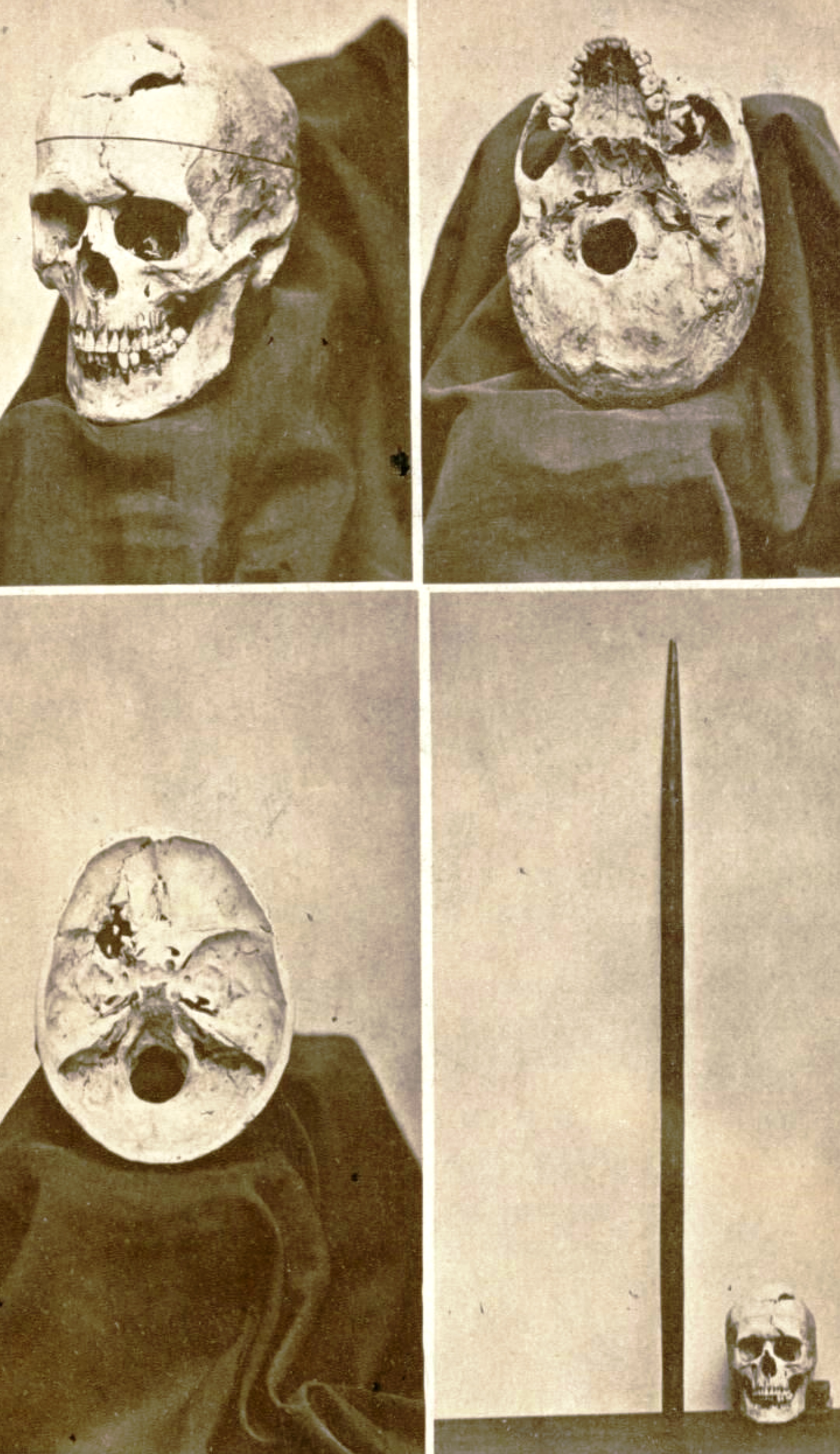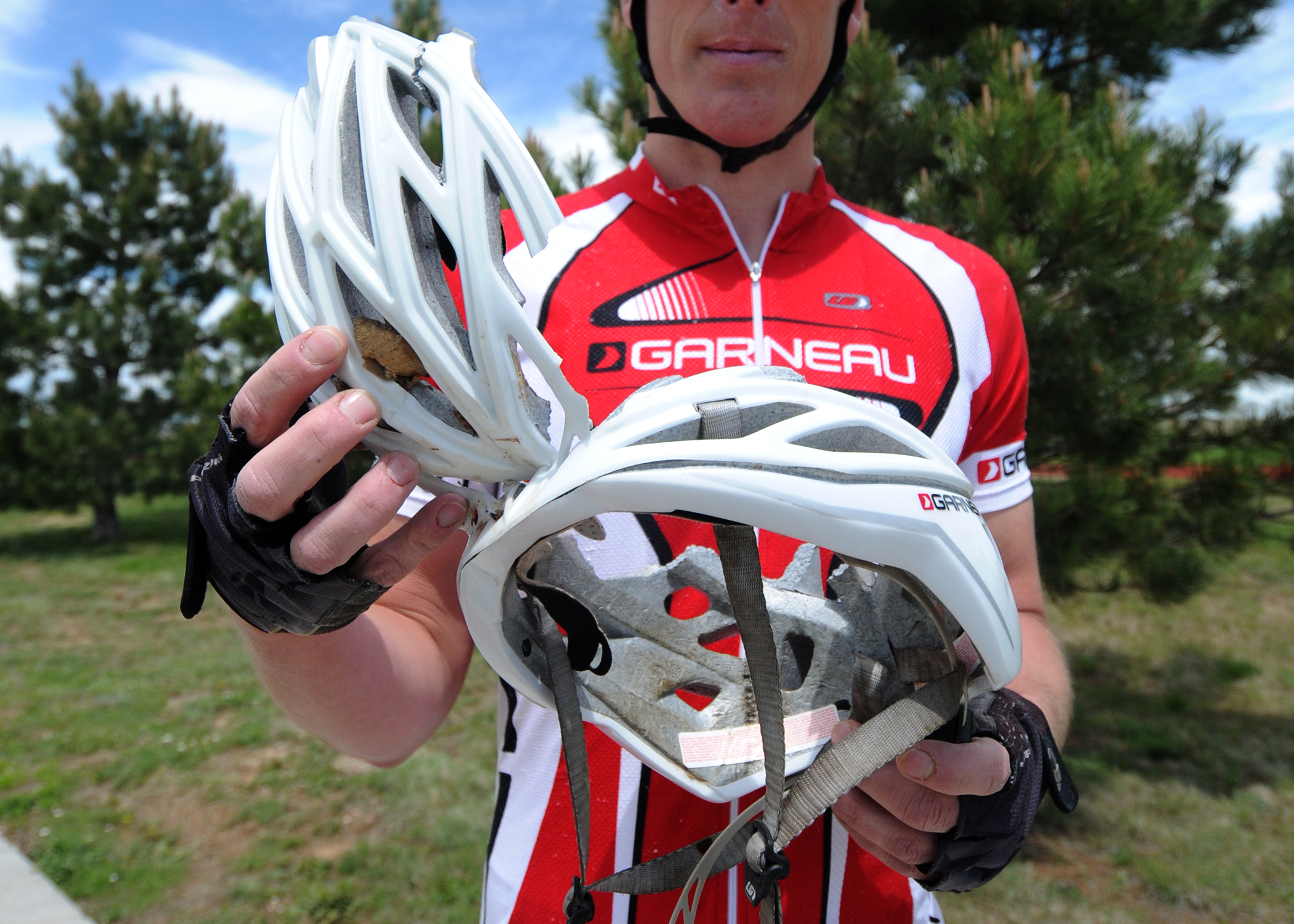
I had already previously written about mental health, here and here. Recently due to unforeseen circumstances, I saw myself return to that field on a full-time basis. I still keep one hand in the acute sector because the experience you get there is second to none. Now the job I've moved into involves taking care of patients with Acquired Brain Injury(ABI), sometimes known as Traumatic Brain Injury. An area I didn't really think I'd have any interest in. But here I am. Since starting what has become a little evident is that ABI is often the condition that no ones know how to manage properly or wants to deal with. Sometimes it is pushed into the learning disabilities section, other times it put under the mental health umbrella or even put under the general health. What really has come to light is it is a syndrome that is so multi-faceted it needs input from all specialities, because it affects so many aspects of people's health. But whilst the patient who has the condition should be the focus, there has to be some work done with the family and friends of the patient. Because the person who they used to love and care for has changed, sometimes temporarily but more often than not permanently. It is a major global concern, but somehow often gets missed during a discussion regarding healthcare organisations and re-organisations. This is mostly because treating patients with ABI is expensive, it costs the NHS around £15 billion per year. In the US this is number is $60.43 billion.
So what exactly is ABI?
 |
Gage's skull
and the iron rod |
Well... Broadly speaking it is damage to the brain that happens after you are born. Whether it's due to a traumatic event such as an accident, assault or any other cause such as head injury and/or neurosurgery. Or could be damaged due to diseases, such as meningitis or encephalitis, poisoning, stroke, tumours, substance abuse and so on and so forth. It does not cover brain injury that occurs due to degenerative diseases such as Wilsons Disease or Neuroferritonopathy, or dementia. Some professionals do prefer to use the term Acquired Brain Injury as an umbrella term opposed to Traumatic Brain Injury. The reason being that Traumatic Brain Injury would cover head injuries caused by external forces such as those mentioned above as opposed to internal ones like meningitis etc. Possibly the most famous ABI patient has to be a gentleman named Phineas Gage. There is an excellent Wikipedia page about him, but for those who do not feel like they have enough time to read it, I'll try to summarise what happened. Mr Gage was a railroad worker who was survived an accident where a metal rod went through his skull, it went up through the left side of his skull just above his mandible as he was about to speak, behind his left eye and out at the top of his skull. Destroying large parts of his left frontal lobe in the process. Somehow he survived this and managed to live a relatively full life after the fact. But according to his friends and family, his personality completely changed. It took a few years but he did manage to regain a lot of his social skills and personal skills, but we are still not quite sure as to how. His case has been used to both prove and disprove a lot of hypothesis and theories regarding neurology, the physiology of the brain, and recovery models for patients with ABI
 |
| Helmets prevent ABI |
It is a very common injury, in the US, for example, it is estimated that over 5 million people are living with disability due to their brain injury. In the UK it appears to be a bit harder to find numbers on how many people are living with ABI, the numbers wary anywhere between 60.000 and 900.000, though Centre for Mental Health puts the number somewhere around 1.3 million people, with the highest number of affected being aged 15-24 years of age. But the latest statistics according to the head injury charity Headway makes a sobering reading nonetheless. In 2013-2014 there were a total of 348.934 admissions into hospitals due to ABI. If you break down those numbers a little further, head injury admission account for 162.544, of those 100.831 is men. Interestingly researchers in the Department of Neurosurgery, Tianjin Neurological Institute in China did a systematic review regarding worldwide statistics of causes of ABI/TBI. What they found was that in Europe the largest cause of ABI was work-related or caused by falls, in Asia it was largely due to Motor Vehicle Collisions and the in the US mostly sports related. Basically what happens is that men take bigger risks, this could all be part of a larger part of the discussion regarding toxic masculinity. Due to this disproportionate occurrence is why there are not as many services for female patients with ABI. The report by Centre for Mental Health states that a person who suffers from ABI is at double the risk of developing a mental health problem, regardless of whether they had no past history of mental illness. What it also showed was that around 60% of criminal offenders had some sort of brain injury, most of the time this turns out to be an accumulative injury. This is also a common occurrence with those who play contact sports on a regular basis, such as rugby, American Football, and football (Soccer to you barbarians). This also highlights the importance of safety equipment such as helmets and padding.
What are the effects of ABI?
 |
| Brain MRI. |
The effect of ABI is varied. It affects every aspect of the persons being, whether emotional, psychological or physical. The most obvious and possibly most common one is the loss of inhibition, loss of emotional control and issues with the memory. The aspect that possibly puts the biggest strain on patients with ABI and their closest, is the loss of insight, loss of empathy and loss of sympathy. Patients with ABI can come across like they have dementia, though what has been found out is that patients who have ABI are more likely to develop dementia later in life. The symptoms of ABI largely depends on what part of the brain has been injured. The most common area to be injured are the frontal lobes, this area is vital for forming memories, empathy, expressive language and more. With damage to the frontal lobe, changes to the personalities are more evident than when other areas of the brain are damaged. Hence the bigger social cost of ABI and managed, alongside the patient's rehabilitation. It can be distressing for both the patient and their loved ones when they lose the ability to put themselves in someone else's situation or say/do things that could be considered outside of the social norms. And they then cannot understand why other people are either upset with them or cannot relate to them. They cannot reflect on their behaviour, or do not see a problem with their behaviour and its impact on others. Disinhibition is a prevalent change that happens to ABI patients, alongside impulsiveness. They become more irritable, they get angrier quicker, with less patience for others and any interruptions to their concentrations. This often results in those patients becoming violent towards their carers and relatives. Aphasia is, according to the National Aphasia Association,
"Aphasia is an impairment of language, affecting the production or comprehension of speech and the ability to read or write."
This inability to be able to say what you mean to say, or form the right words, or sentences, can become very frustrating for the patient. And their closest. It can have a major impact on their rehabilitation and recovery.
There is also Ataxia, which according to the Ataxia UK,
"Ataxia’ is an umbrella term for a group of neurological disorders that affect balance, coordination and speech. There are many different types of ataxia that affect people in different ways. "
One of the more challenging aspects of these patients care in my view is something called
"Cognitive Fatigue". This is where a patient gets more tired and has greater difficulty in concentrating on things that they used to be able to do with ease prior to their injury. This can lead to fluctuation in their mood and difficulties with their emotions and behaviour. Thankfully with the right support, and right support network this can be overcome through intensive rehabilitation.
The most common physical health complaint that occurs to patients
post head injury is
epilepsy. Epilepsy is a category of neurological disorders that are defined by epileptic seizures. These seizures can come in many forms such as:
These seizures can be short and only happen once, or they can be long and come upon in groups. Typically these are brought upon due to external triggers, such as flickering lights, environmental noises, poor diet (for example badly managed diabetes or excessive amount of stimulants like caffeine and sugar) etc. But with patients who have ABI, they more often occur due to internal triggers such as lack of sleep, stress, emotional excitement and boredom. Those who have ABI tend to be put on anti-epileptic medication prophylactically in order to prevent them from having seizures. Most seizures tend to be self-terminating but carers and family need to have rescue medicines such as
buccolam, which is an oral solution, or
rectal diazepam in order to cut those seizures short, especially if the patient has had more than the one seizure. Then there is
Status Epilepticus, this is a seizure that lasts for longer than five minutes. It is an emergency situation often requiring intensive care input. The prognosis for patients who suffer from status epilepticus is not good, between 10%-30% of those who are diagnosed with it die within a month. Hence the need for speedy treatment, with optimisation of their medications and daily routines, such as strict sleeping regimes.
As can be read this is a very big topic to write about, and there are issues that I have not touched upon. As I have mentioned frequently, this is a major global health concern. It has a multi-faceted impact. It does not just impact on the patient who suffers from the injury, it also affects their friends and family. But not just that due to the disability that comes with it and given the age it occurs most commonly, it can also affect the larger economy. The rehabilitation can take months if not years if they were in employment they will either have to take a long period off in order to return or never return at all. There is a definite need for more centres that provide rehabilitation and treatment for ABI, and this can only be beneficial to everyone. Not just those directly affected.
For further information, I wholeheartedly recommend an organization called
Headway who dedicate themselves solely to those who are affected by head injuries.






